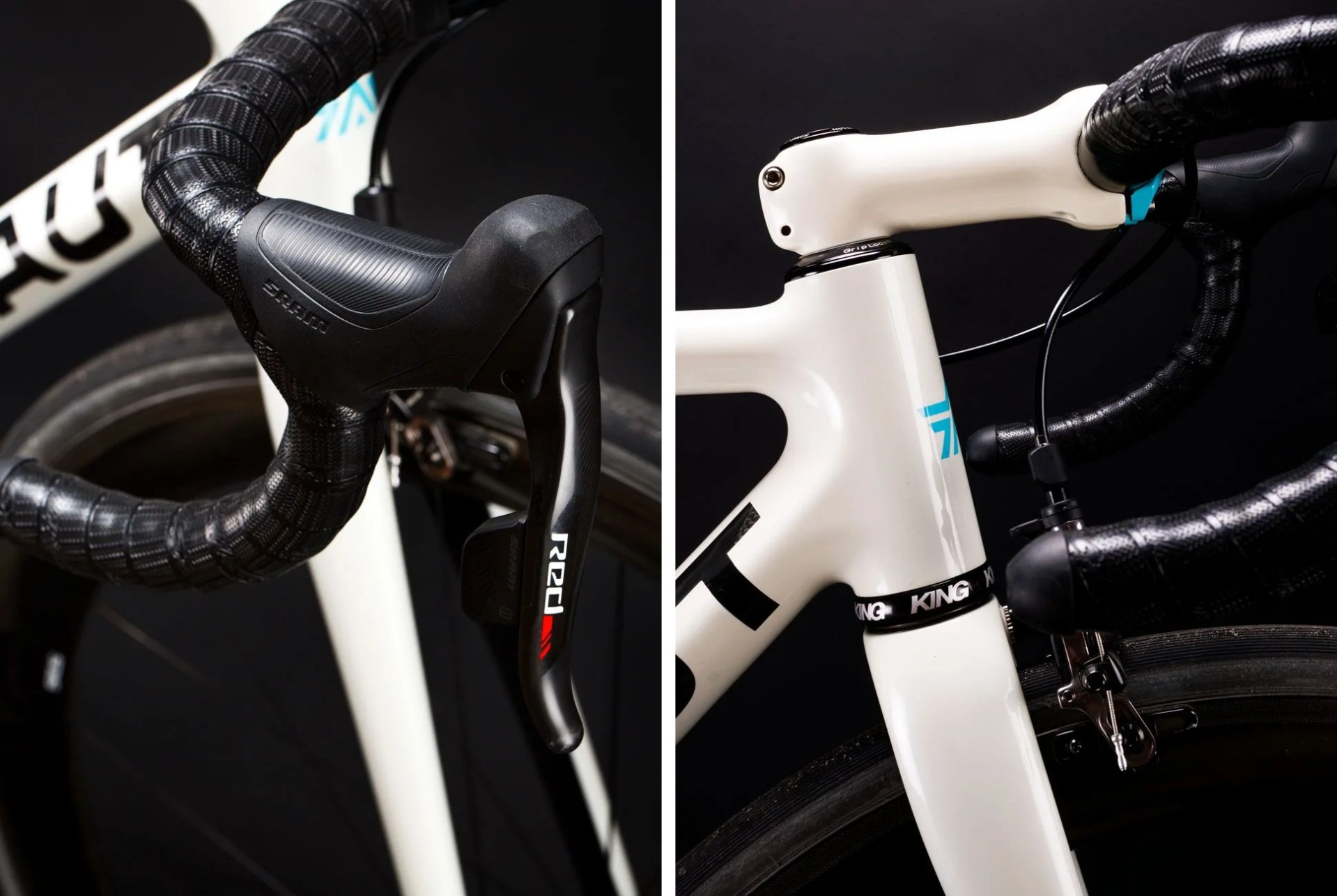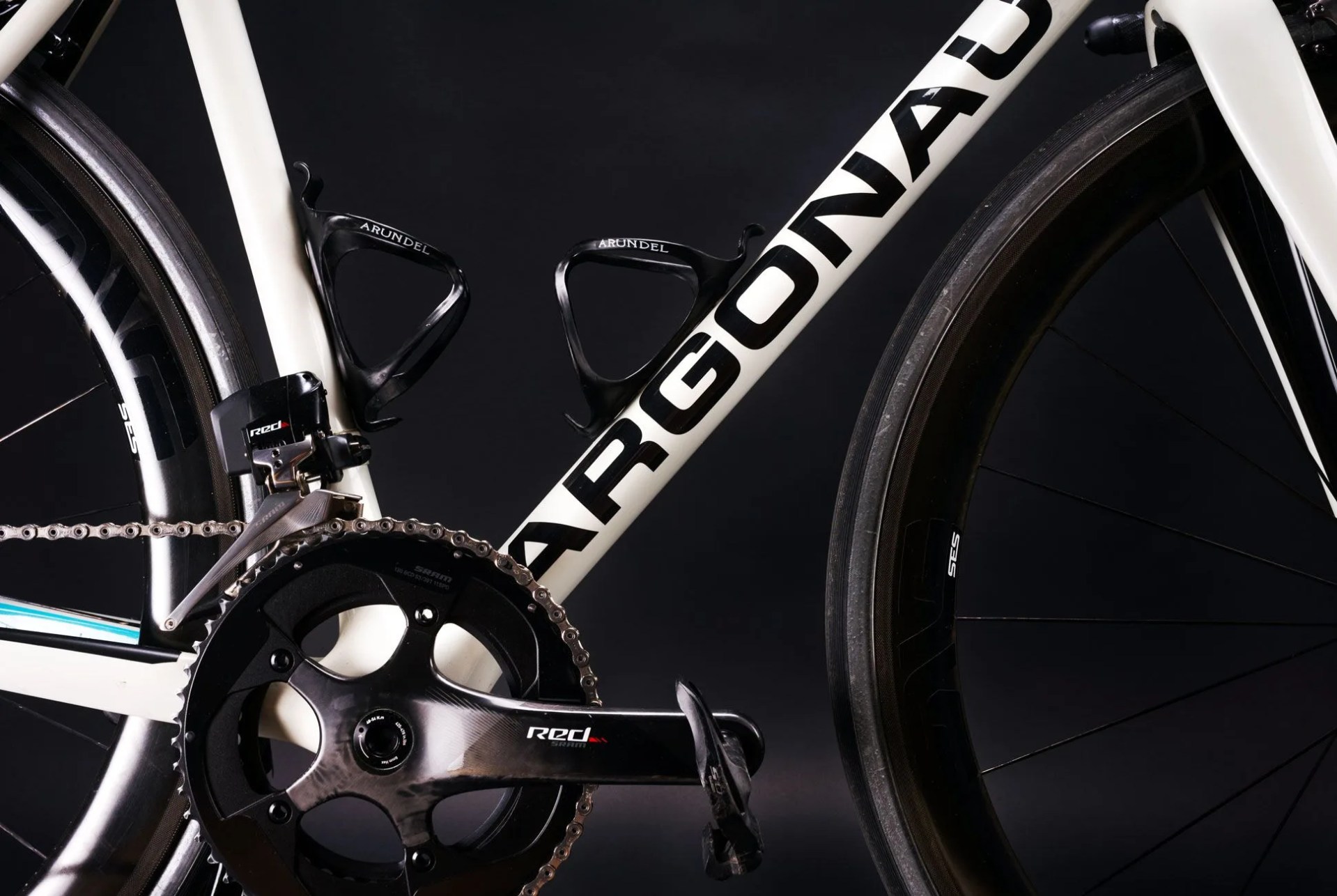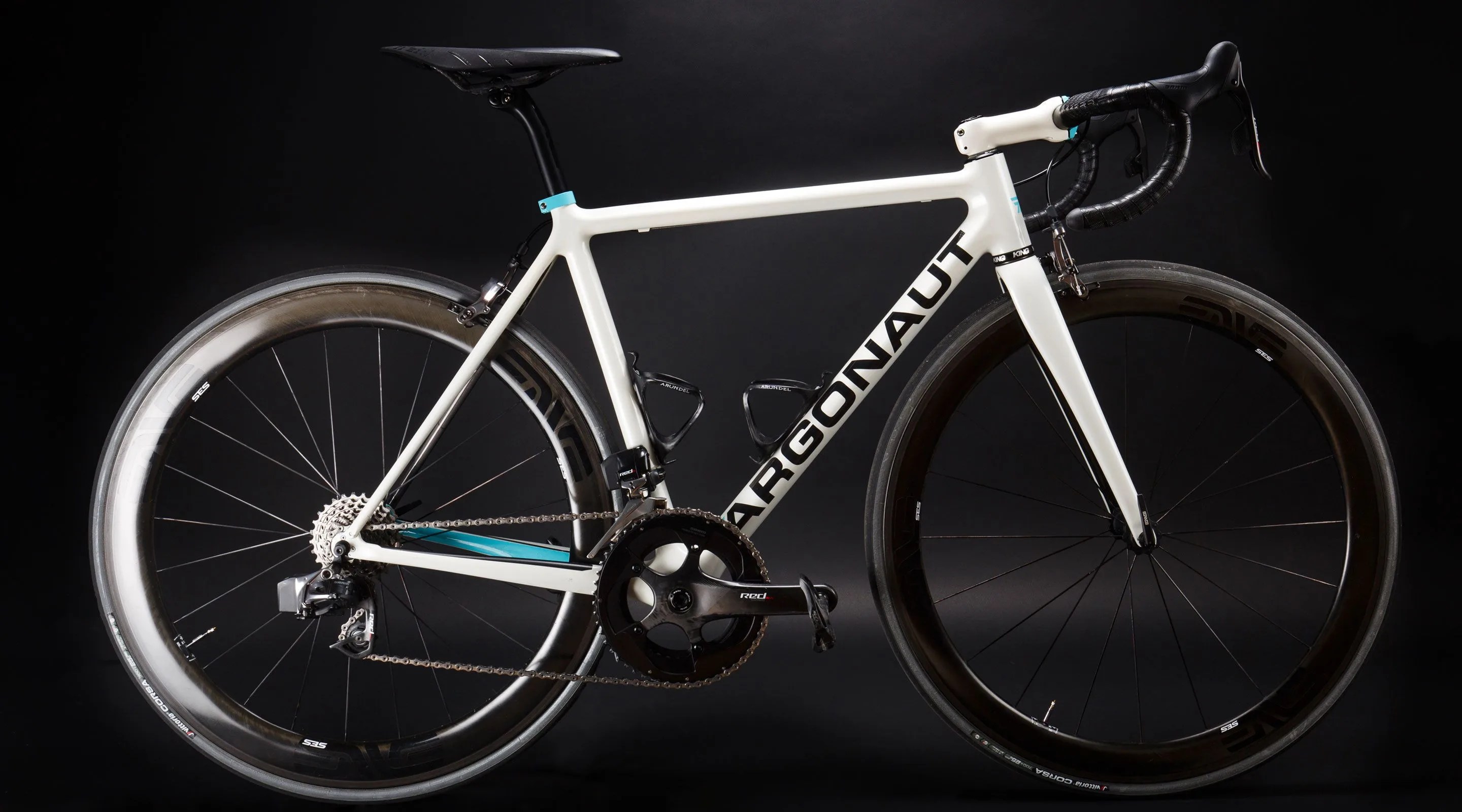At first glance, $14,000 for a road bike is ridiculous. Okay, maybe even at second glance. But that third glance — the one that dissects the way that each tube is thoughtfully joined together; the glance that has you thinking about which body part you’d sell to have it in your garage — that’s the glance where you realize that an Argonaut road bike is well worth every penny.
In truth, $14,000 will always seem ridiculous to some. They’ll always compare the cost: “I can buy X as many Macbooks,” or “Y as many cans of beer,” or, “I can fly to Z location on vacation for that price.” But this bike isn’t built for those people. Argonaut bikes are built for people who regard the Maglia Rosa as the Holy Grail. People who count the success of the week by how many miles they put in. People who live and die by the coffee shop they stop at mid-ride on weekends.
As for what that customer is willing to splurge on, just ask Ben Farver, Argonaut’s founder and head frame builder. “Our bikes are made to order for the individual customer starting with raw, carbon fiber material,” he says. “Every frame has a layup pattern unique to the physiology and riding style of the owner — and is manufactured entirely here in the Pacific Northwest in a facility that also makes the landing gear for Space X rockets.”

But if space-age tech isn’t enough to convince you, ride quality certainly should be. It’s one of the main arguments against carbon fiber bikes, especially mass-produced ones. There is no question that carbon bikes are lighter, stiffer and more responsive than steel bikes. Steel, though heavier, still reigns supreme in the overall comfort arena. So what if you could combine the lightweight and responsiveness of a carbon bike with the ride quality of a steel one? That’s exactly what Farver set out to do when he transitioned from making steel bikes to making carbon ones.
“Creating a similar ride quality to steel was our starting point when we engineered our first carbon frames,” Farver says. “I started out making bikes with steel, and that will forever be my benchmark for ride quality. My goal with Argonaut carbon, which I think we’ve achieved, is to take the best characteristics of steel and progress from there. A modern steel frame has great road feel, and responds to the rider rather than simply being a sedate tool. With carbon, it’s possible to get that same dynamic response, but with a lighter frame that has even better vertical compliance and vibration dampening. That equates to essentially steel 2.0. A lighter, more dynamic, and smoother riding bike.”

